amb
Member of the Trade: AMB Laboratories
- Joined
- Apr 1, 2004
- Posts
- 4,933
- Likes
- 41
For 230VAC mains you should use 1/2 the fuse rating as you would for 115VAC. If you are using a single 100VA transformer, I would use a 1A slow blow.
Hi guys, I finally got round to taking some pics of my B22 amp. It has taken me over a year to get to this point and I thought i'd share my hard work with you all. First of all, a [size=x-large]MASSIVE[/size] thank you to everyone who has helped me with this project especially, Ti (AMB LAbs), MR Majestic, and johnwmclean. I would not have been able to do it without your help and patience!
The amp sounds bloody amazing, really happy with it. Its safe to say its not the easiest amp I have ever built, there is a lot that can go wrong (and did go wrong!) but got there in the end. I will be adding some more pics for those interested on the post pics thread (I didn't want to clutter this thread too much).
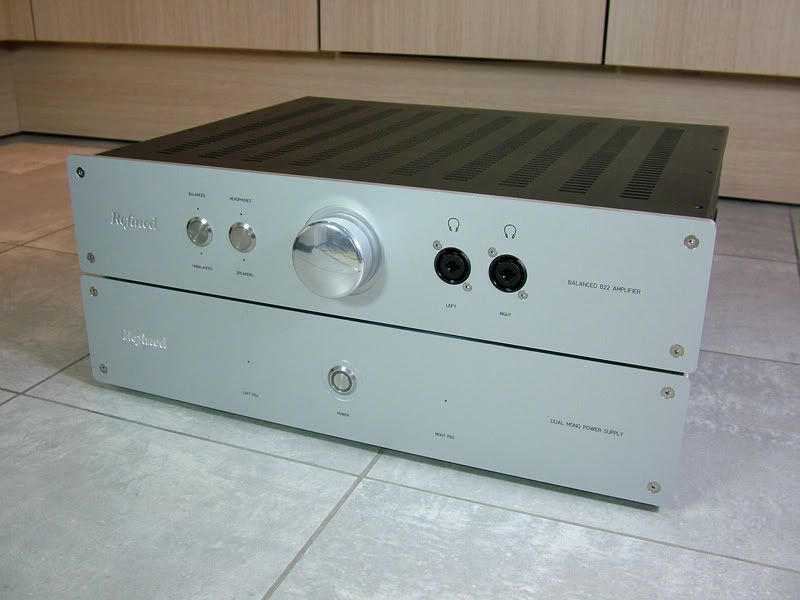
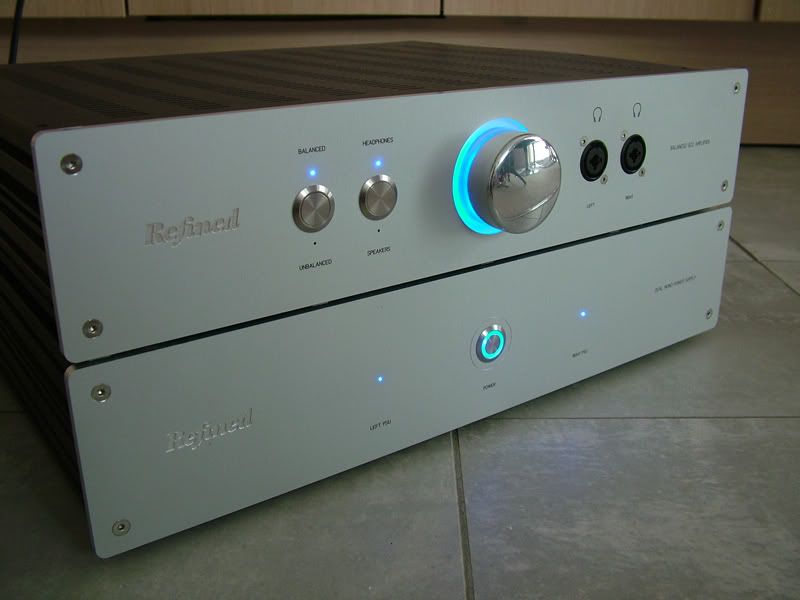
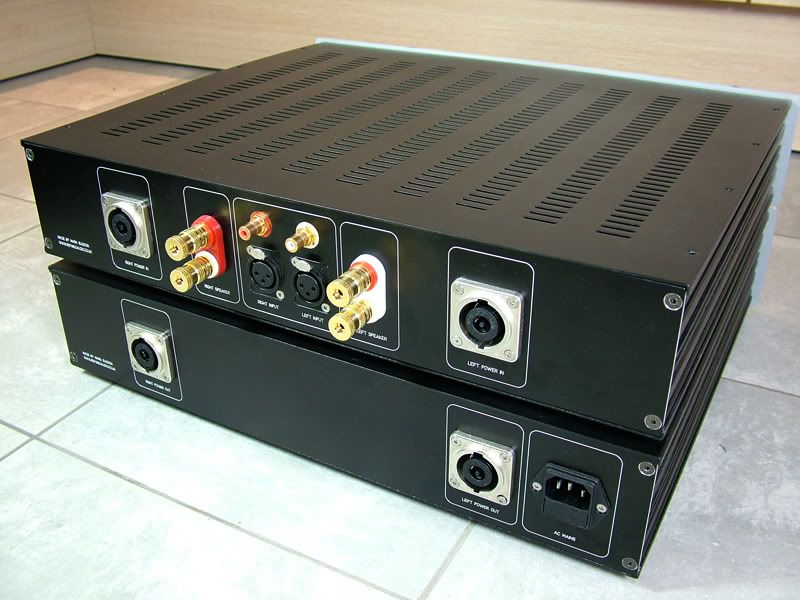
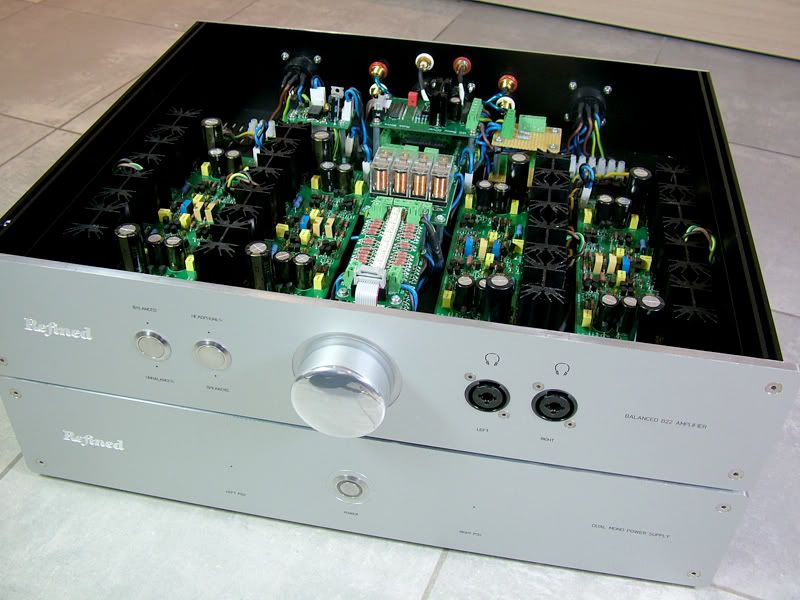
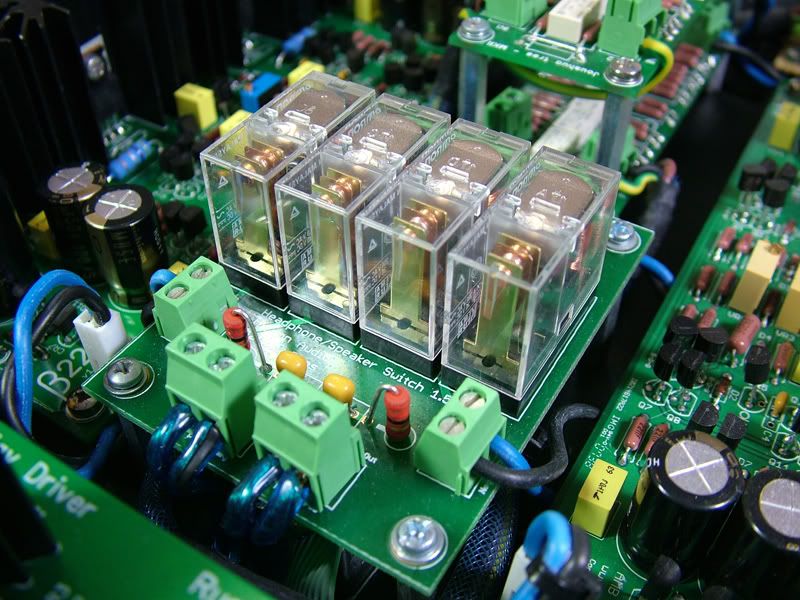
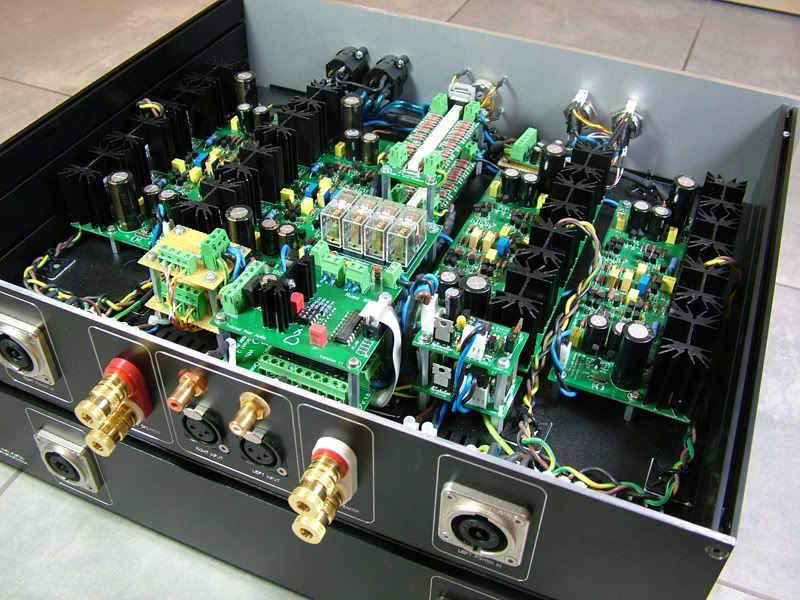

where can I purchase a backpane?
You might want to take a look at the group buy at amb's forum.
 I got a new fourth board in working order, it measures correctly, but it the heatsinks get so hot Im afraid to run it for any longer than a minute. None of my other boards get remotely hot with 56mV, but the fourth is burning. I havent dared plugging anything it yet to listen to it. Any ideas why this board is hot and not the others?
I got a new fourth board in working order, it measures correctly, but it the heatsinks get so hot Im afraid to run it for any longer than a minute. None of my other boards get remotely hot with 56mV, but the fourth is burning. I havent dared plugging anything it yet to listen to it. Any ideas why this board is hot and not the others?The heat dissipation is simply the quiescent current through the MOSFET multiplied by the voltage across it. Since the voltage is fixed, then that leaves only the current that's the sole factor. Simple Ohm's Law. If you set the quiescent current the same as the other boards, then it should produce the same amount of heat.
Now, that assumes a well-behaved amp that's quiet at idle so the quiescent current is all DC. It doesn't take into any account possible oscillations or noise. Do you have the inputs shorted when doing the initial setup? Do you have the correct value capacitors for C1-C5, and are they all mounted in the correct holes?
wow, thats art

